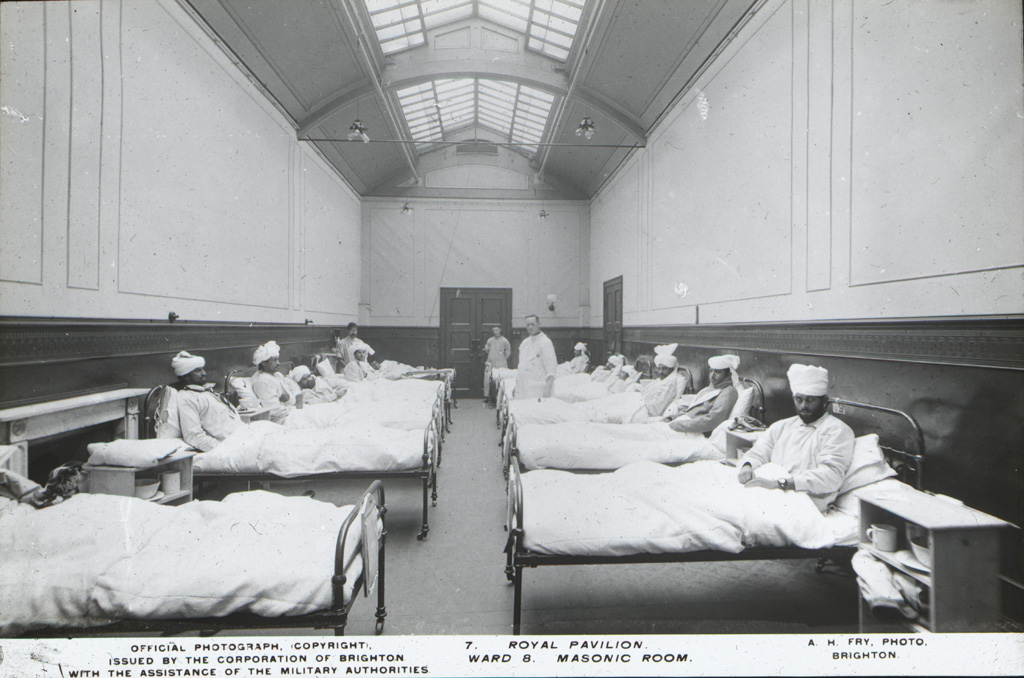
The city of Brighton holds a unique place in the hearts of many British Indians thanks to its role during World War I. Various buildings became makeshift hospitals for Indian troops under the fog of war.
The Indian subcontinent’s contribution was vital, over a million men volunteered to swell the depleted British ranks. Of that figure, over 4,300 were treated in the buildings of the Pavilion, the Dome, and the Corn Exchange.
India’s volunteer army was a patchwork of castes and faiths as the colonial theory of “martial races” influenced selection.
Cultural sensitivities also helped foster loyalty. Bacon, pork and beef went off the menu. Muslim soldiers had separate kitchens to prepare meat within Islamic rites. Ingredients were imported from abroad and locally sourced so individuals made dal and chapattis in gas-fired ovens.
In return for the kind hospitality, a permanent ‘thank you’ from India was erected in 1921. The India Gate was presented by the Maharaja of Patiala, Bhupinder Singh. The inscription read:
Singh championed the British war effort and reminded an eager crowd that he sent 28,000 men from his own state to fight. The ceremony was immortalised in film by British Pathe and in various photographs.
In honour of India’s great contributions to the war effort, Brighton held a wreath laying ceremony at the India Gate on October 19, which is one of many ways the city reflects upon the legacy of World War I during centenary year.
Anyone interested in learning more can visit: http://www.artfund.org/what-to-see/exhibitions/2014/07/12/war-stories-voices-from-the-first-world-war-exhibition
